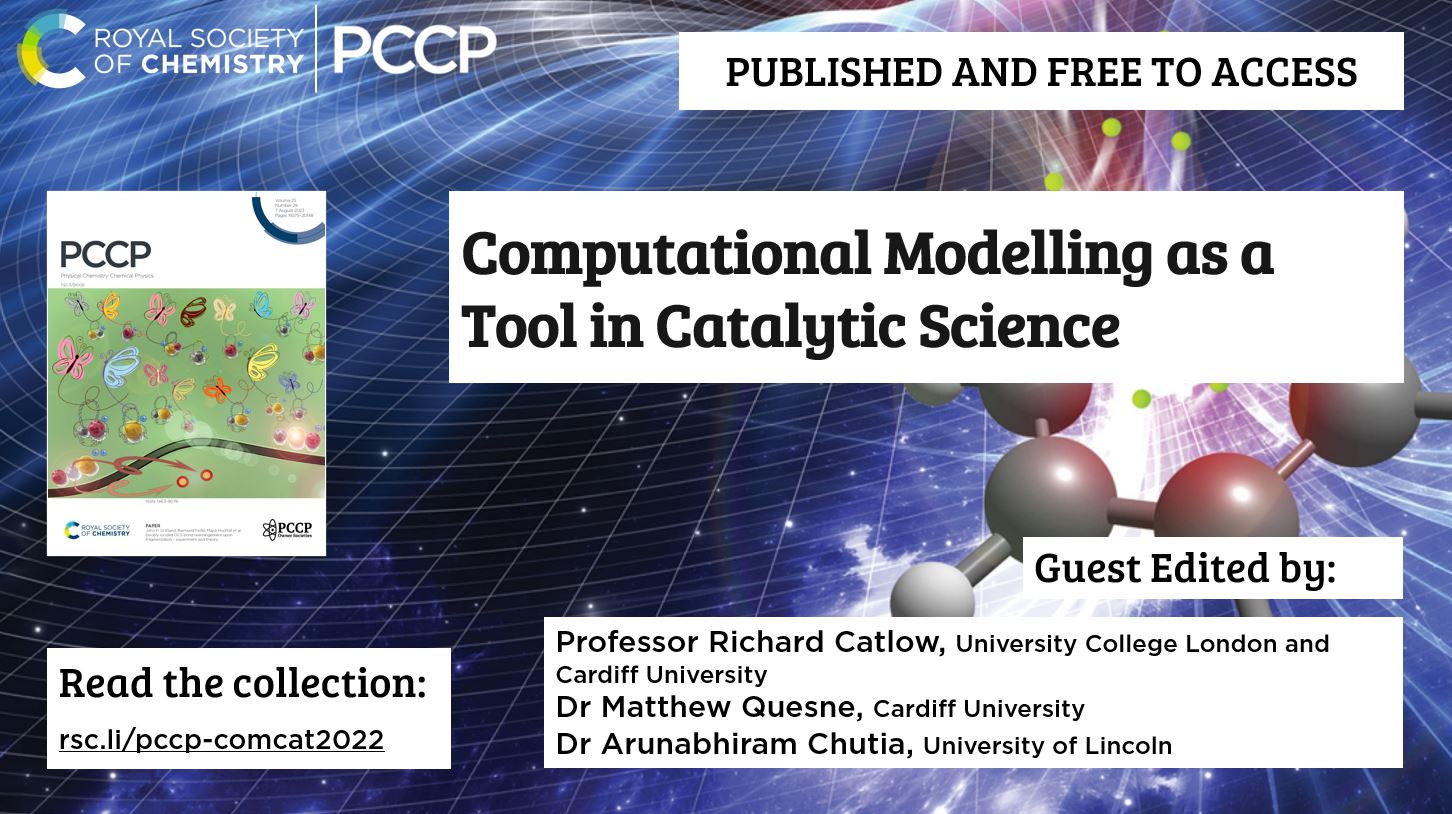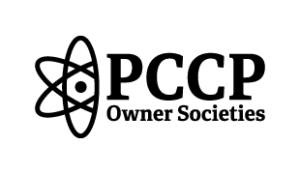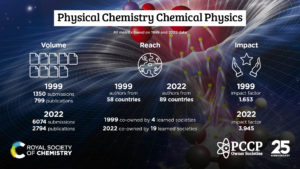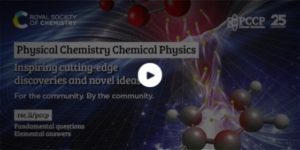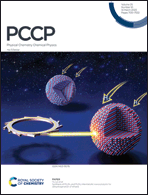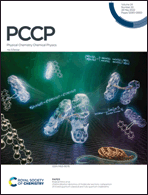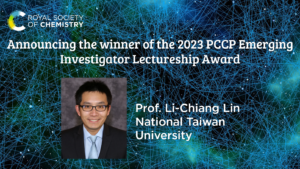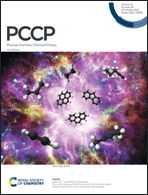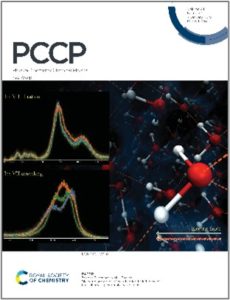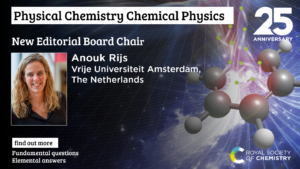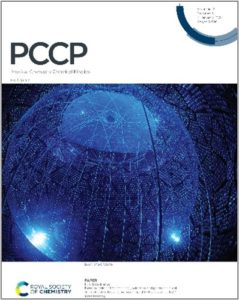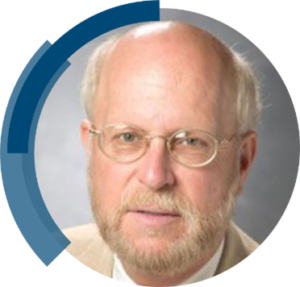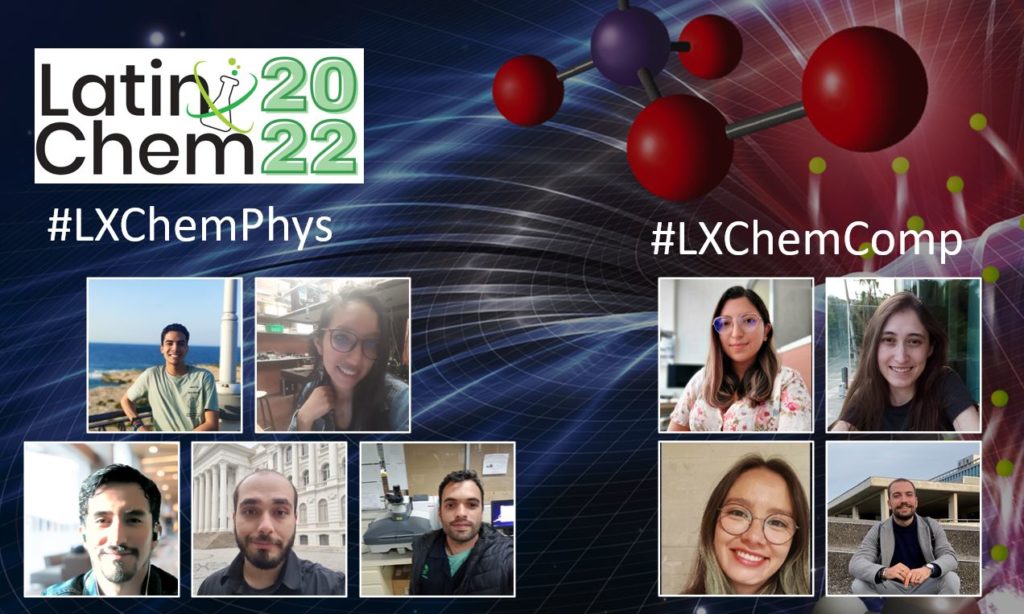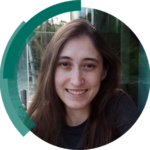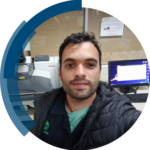We are delighted to announce that the Physical Chemistry Chemical Physics (PCCP) themed collection Computational Modelling as a Tool in Catalytic Science is now online and free to access until the end of October 2023.
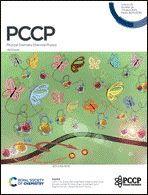 Computational modelling techniques now play a vital role in catalytic science. Atomic and molecular level simulation is used widely and increasingly routinely in modelling structural and mechanistic properties, especially those of the active site. Computational catalysis embraces a wide range of techniques, which at the molecular level include both static and dynamical simulations based on interatomic potentials and quantum mechanical methods using both periodic and embedded cluster techniques. The field is advancing rapidly owing to developments in technique and the continuing growth in the capability of computer hardware; and importantly it is becoming increasingly predictive with modelling guiding rather than simply explaining experiment.
Computational modelling techniques now play a vital role in catalytic science. Atomic and molecular level simulation is used widely and increasingly routinely in modelling structural and mechanistic properties, especially those of the active site. Computational catalysis embraces a wide range of techniques, which at the molecular level include both static and dynamical simulations based on interatomic potentials and quantum mechanical methods using both periodic and embedded cluster techniques. The field is advancing rapidly owing to developments in technique and the continuing growth in the capability of computer hardware; and importantly it is becoming increasingly predictive with modelling guiding rather than simply explaining experiment.
Guest Edited by Professor Richard Catlow (University College London and Cardiff University), Dr Matthew Quesne (Cardiff University), and Dr Arunabhiram Chutia (University of Lincoln), this collection provides a survey of the state-of-the-art in the field.
Read the full collection online
It includes:
Editorial
Computational modelling in catalytic science
C. Richard A. Catlow, Arunabhiram Chutia, and Matthew G. Quesne
Phys. Chem. Chem. Phys., 2023, Advance Article. DOI: 10.1039/D3CP90127K
Review
The application of QM/MM simulations in heterogeneous catalysis
Gabriel Adrian Bramley, Owain Tomos Beynon, Pavel Viktorovich Stishenko, and Andrew James Logsdail
Phys. Chem. Chem. Phys., 2023, 25, 6562-6585. DOI: 10.1039/D2CP04537K
Perspective
Multiscale QM/MM modelling of catalytic systems with ChemShell
Y. Lu, T. W. Keal, et al.
Phys. Chem. Chem. Phys., 2023, Advance Article. DOI: 10.1039/D3CP00648D
Paper
The catalytic hydrogenolysis of compounds derived from guaiacol on the Cu (111) surface: mechanisms from DFT studies
Destiny Konadu, Caroline R. Kwawu, Elliot S. Menkah, Richard Tia, Evans Adei, and Nora de Leeuw
Phys. Chem. Chem. Phys., 2023, 25, 6247-6252. DOI: 10.1039/D2CP04352A
Paper
Pt38 as a promising ethanol catalyst: a first principles study
Vagner Alexandre Rigo and Francesca Baletto
Phys. Chem. Chem. Phys., 2023, 25, 4649-4655. DOI: 10.1039/D2CP04323H
Paper
Stereodynamics effects in grazing-incidence fast-molecule diffraction
M. del Cueto, A. S. Muzas, F. Martín, and C. Díaz
Phys. Chem. Chem. Phys., 2022, 24, 19541-19551. DOI: 10.1039/D2CP02109A
We hope you enjoy reading the articles. Please get in touch if you have any questions about this themed collection or PCCP.


